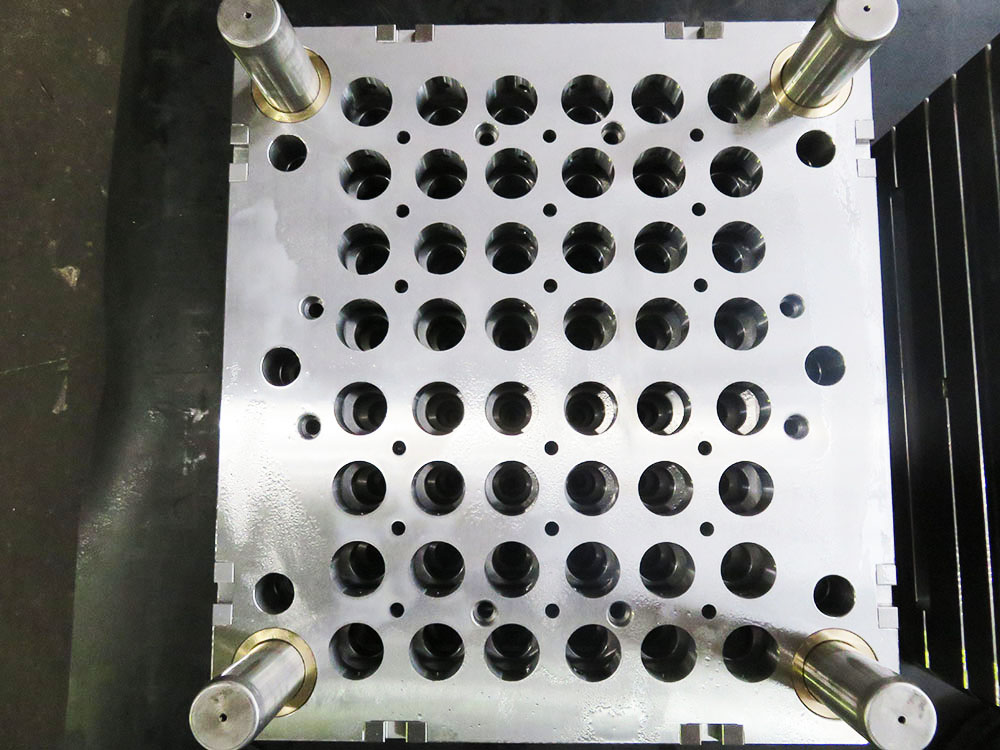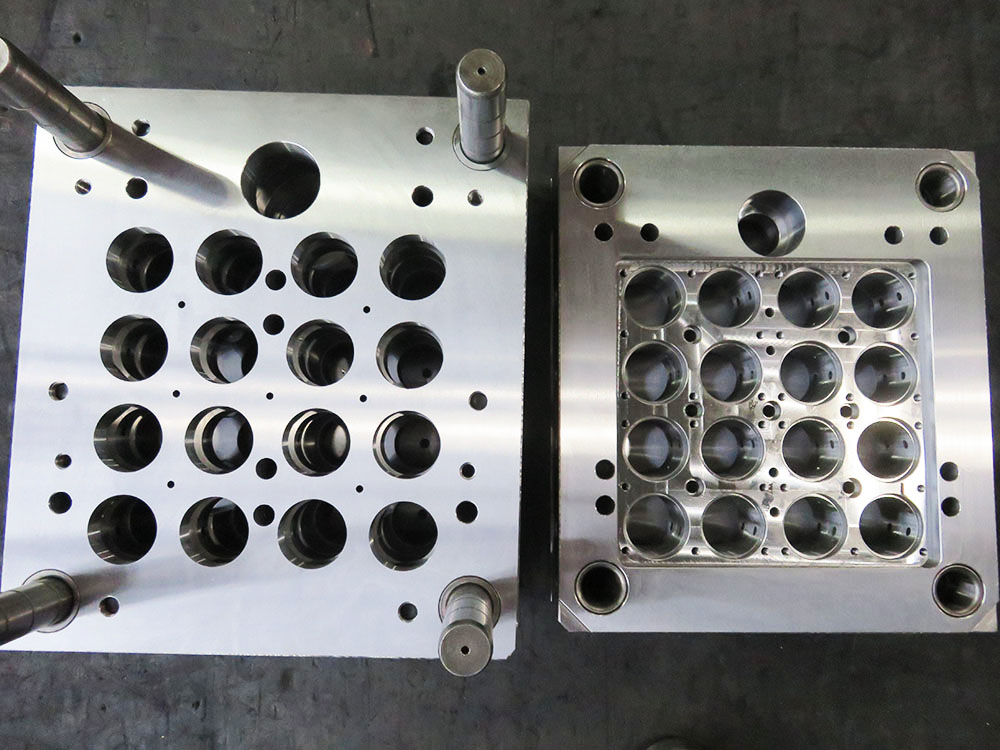The Modular Frame in the Mold Base Industry
The mold base industry is an integral part of the manufacturing sector, providing the foundation for the production of various molded parts and components. Mold bases play a crucial role in ensuring the accuracy and reliability of the molding process. Among the various components that constitute a mold base, the modular frame stands out as a key element in terms of its versatility and adaptability.
What is a Mold Base?
A mold base refers to the supporting structure on which the mold is mounted, and all the components are assembled for the injection molding process. It provides a stable foundation for the mold and facilitates the proper alignment of the various components, such as the cavity, core, ejector pins, and other inserts. Mold bases are typically made from high-strength steel or aluminum alloy to withstand the stresses and pressures involved in the injection molding process.
The Role of Modular Frame
The modular frame is a key component of the mold base that allows for flexibility and adaptability in the molding process. It consists of a series of standardized plates that can be easily combined and interchanged to accommodate different mold configurations and requirements. The modular frame provides a framework for mounting and securing the various components of the mold base, enabling quick and efficient changes when needed.
With a modular frame, mold makers can easily adjust the size and shape of the mold base to accommodate different part designs and production requirements. This flexibility is particularly advantageous in industries where product designs change frequently or where multiple part variations are needed. The ability to reconfigure the mold base using modular frames significantly reduces production time and costs associated with fabricating entirely new mold bases for each design variation.
Advantages of Modular Frame
The modular frame offers several advantages over traditional mold base designs:
1. Versatility: The modularity of the frame allows for easy customization and adaptation to various mold configurations, reducing the need for extensive tooling changes.
2. Time and Cost Savings: The ability to reconfigure the mold base using modular frames eliminates the need to build a new mold base from scratch for every design variation, leading to significant time and cost savings.
3. Improved Efficiency: The standardized plates in the modular frame make it easier for mold makers to assemble, maintain, and repair the mold base. Quick and easy access to specific components enhances overall operational efficiency.
4. Interchangeability: Modular frames allow for easy interchangeability of different mold components, such as inserts, cavity blocks, and ejector systems, further enhancing flexibility and adaptability in the molding process.
Conclusion
In the mold base industry, the modular frame stands as a vital component that enables flexibility, adaptability, and efficiency in the injection molding process. With its versatile design and interchangeable capabilities, the modular frame significantly reduces production time, costs, and tooling changes, making it an essential element for mold makers seeking to meet the diverse demands of the manufacturing industry.




